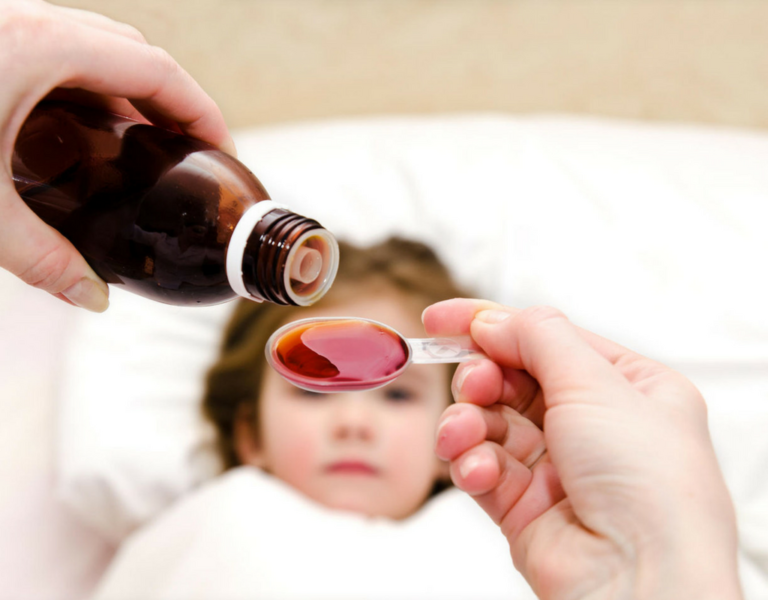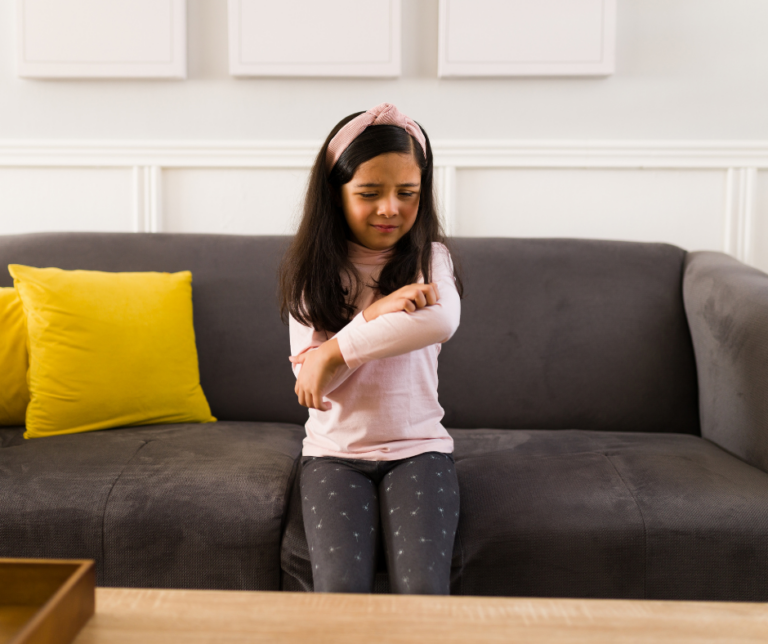Skin cancer is the most preventable cancer there is today. It is also one of the fastest-growing cancers among adults, and it is rapidly increasing among children. The dangers of the sun’s ultraviolet radiation or UV light are well documented. Luckily, we can still enjoy time outdoors with the proper precautions. Keep reading to learn more tips on how to stay safe in the sun!
- Avoid spending an extended period of time in the sun at peak hours.
We recommend that you try your best to limit the amount of time you and your children spend in the sun between 11 am to 4 pm. During these hours, the sun’s UV rays are the strongest. When you do go outside at this time, make sure to use protective clothing and sunscreen. Seeking out shaded areas is also a great way to enjoy the sun’s warm weather without exposure to direct sunlight.
- Sunscreen!
The use of sunscreen is always a great idea for children over the age of 6 months*. Sunscreen can be used all year to protect sensitive skin and prevent sunburns. It is a crucial tool to use during the summer and sunny times of the year. While each person has different skin sensitivity, we recommend using a sunscreen with at least SPF 30, preferably higher for active children during the hottest months. For the sunscreen to work, make sure to read the directions and follow the guidelines for reapplication. In general, it should be reapplied at least every 2 hours or after physical activities that cause a person to sweat. Swimming and towel drying are other common activities that may require reapplying.
*Please note that sunscreen should NOT be used on babies under 6 months of age. The FDA and the American Academy of Pediatrics (AAP) recommend keeping newborns and babies younger than 6 months out of direct sunlight.
- Protective clothing
Another easy step to take to prevent skin cancer is using protective clothing. By covering up as much of the body as possible, the UV rays are diverted. Wear hats, shirts, and pants when possible. Remember to also use sunscreen as the clothing may not cover the entire body. Hands, feet, faces, and necks are the most exposed.
Most skin cancers are treatable if caught early. Please do regular skin check-ups on your younger children and teach teenagers what to watch for. When performing a skin check, look for moles that are different from the other moles that might be present on your child’s body. Take notice if the mole starts to change, and contact your pediatrician to be safe. In most cases, it is sufficient to do a skin check twice a year. If your family has a history of health concerns that increases the risks of cancer, ask your doctor how often you should check your child for skin changes.





